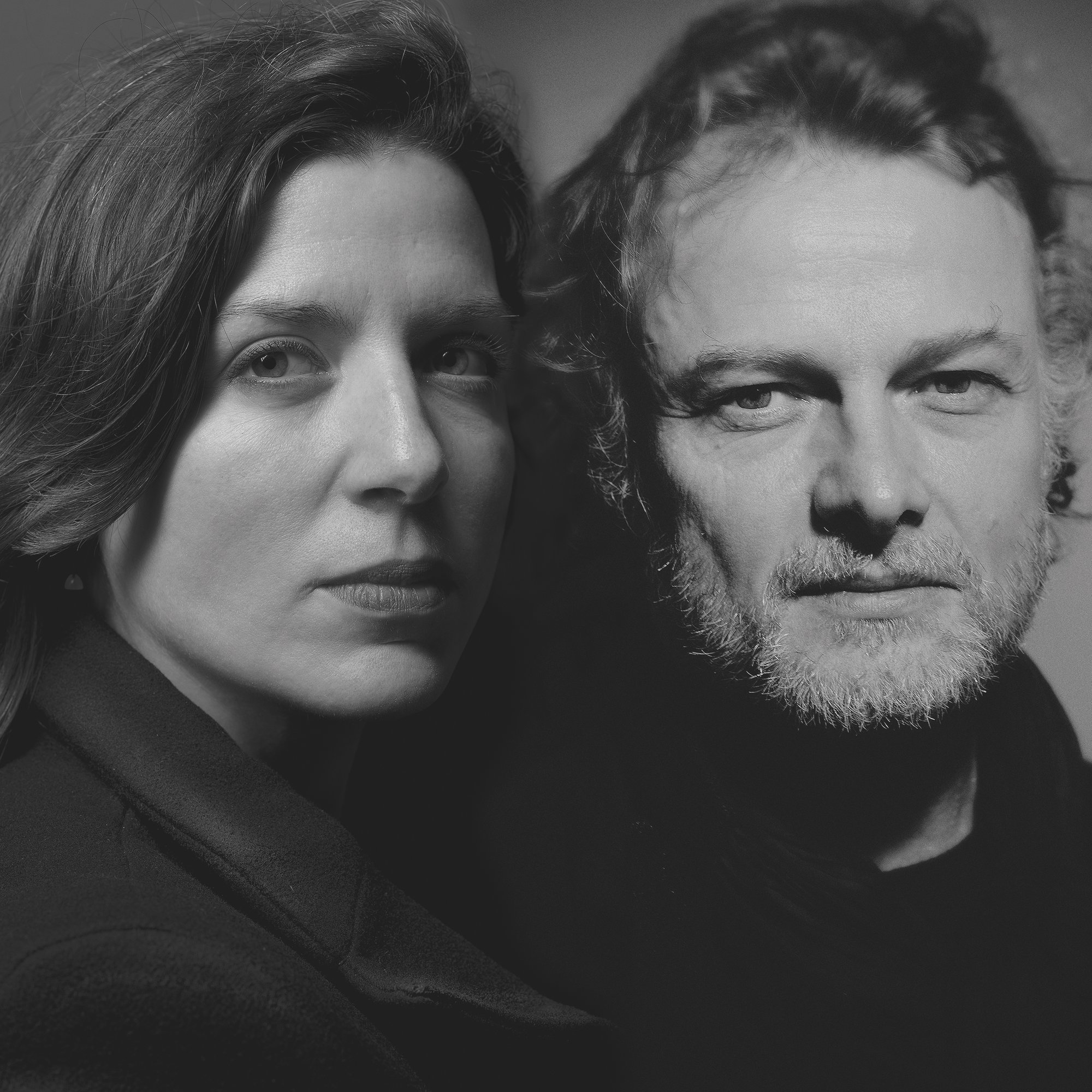At Schoffel de Fabry Gallery, primitive arts also have Asian tones
Paris, 18 January 2020

Passion for primitive arts is eminently contagious. In the Schoffel family, we know something of it. Located since 1994 at 14 rue Guénégaud, in the sixth arrondissement of Paris, the eponymous gallery perpetuates a tradition of more than half a century, initiated by the father, Alain Schoffel, affected from a very young age by the virus of collecting, then by that of trade.
“I don't think he ever imagined himself doing any other activity. From the age of ten, he became interested in primitive arts, first through the arrows of American Indians! Barely a teenager, he ran from one museum to the next and was just 25 when, in 1969, he opened his gallery on rue de Seine. For him, it was a need. It's not easily explainable. And he obviously passed on this passion to my mother,” says his daughter, Judith Schoffel de Fabry. When the couple split up, Christine Valluet opened her own gallery on rue de Lille, and it was under this banner and alongside her mother that the young woman embarked on a career as a specialist antique dealer. “For me, it wasn't immediately obvious; when you're a teenager, you want to be anything but like your parents. But I have to admit that the field has caught up with me and that I didn't put up much resistance,” confesses the woman who, with her husband Christophe de Fabry, has been running the family gallery, transferred to rue Guénégaud, for about fifteen years now.
The dealership enjoys a solid reputation in all fields of the primitive arts and several major institutions have called on its services to complete their collections, such as the Dapper Foundation, the musée du Quai Branly, the Louvre or, more recently, the Louvre Abu Dhabi. Its expertise on Ivory Coast is particularly appreciated by collectors since the publication, in 2012, as a follow-up to an exhibition, of the reference book Côte d'Ivoire – Premiers regards sur la sculpture : 1850-1935. The book was awarded the following year with the prize for the best book on tribal art.
Historically, the gallery also specialises in the arts of Southeast Asia, particularly Indonesia and the Philippines, where Alain Schoffel made many trips, often with his family. “I had to go there for the first time at the age of 10 or so,” recalls Judith. “This speciality allows us to stand out from our colleagues who usually exclusively focus on the arts of Oceania, Africa and America.”

Under her direction, the Schoffel de Fabry gallery has organised several ambitious thematic exhibitions, on its own premises, hors les murs or in partnership with other institutions, such as “Clair-Obsur” (photos by Jean-François Chavanne) in 2008 and, the same year, “Jackson Pollock and Shamanism” at Pinacothèque de Paris. In 2010, “Art of South-East Asia”; in 2012, “Return from an expedition” at the musée de la Chasse et de la Nature; in 2013, “The unveiled life of a work of art from Borneo”; in 2013, “Objects from expeditions in times of sailing”; and in 2016, "Beyond the Mask", also presented that year as part of Parcours des mondes. “Producing this type of exhibition and the books that accompany them requires several years of work,” explains the gallery director, who is currently working on two new projects around Africa.

In recent years, the venue also opened its doors to contemporary art, under the “Arsenic Gallery” brand. “The first exhibition was entitled ‘Les Primitifs Contemporains’ (‘Contemporary primitives’). Through this, we want to show works that are far from political correctness, to shift the lines,” explains the gallery owner. In his time, in the 1970s, my father did the same thing, but didn't pursue. There is a specific public for these exhibitions, but also amateurs of primitive arts who, even if they might be a little confused, are beginning to appreciate the approach. “At Schoffel de Fabry’s, French artist of Italian origin Yveline Tropea, who has been working for several years in Burkina Faso with traditional embroiderers and bead threaders, manages to link primitive arts and contemporary creation.
From 26 January to 2 February, the Parisian gallery will be taking part in BRAFA, on booth 48A. Among the thirty or so pieces presented, an Anyi maternity ward from the lagoon regions of Ivory Coast, a Dan mask representing a monkey's head and a Buddhist-inspired Kinnara, half-man half-bird, originating from Borneo and dating from the 2nd or 3rd century, should be of particular interest to amateurs. At the fair, Judith Schoffel de Fabry will encounter her brother, Serge Schoffel, also an antique dealer specialising in tribal art, who lives in the Belgian capital. Definitely, the contagion has spread throughout the family.